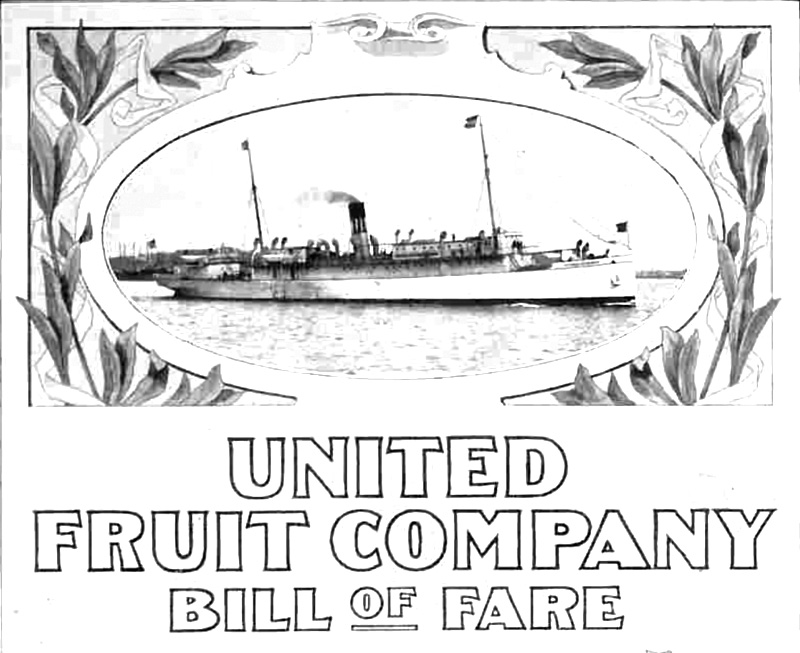Venezuela History Timeline – 20th Century
- In 1908 Juan Vicente Gomez became dictator of Venezuela and would rule the country for almost 30 years.
- Oil began being exported out of Venezuela in the early 20th The nation’s oil boom is reported to have begun in 1927. Two years later Venezuela was the largest oil exporter in the world. Gomez refused to allow refineries to be built on Venezuela soil. The oil rights belonged to the state and these were sold or leased to international oil companies.
- The vast majority of Venezuelans did not benefit from the oil boom which enriched Venezuela’s elite and the foreign companies.
- A series of coups after Gomez led eventually to the first civilian to civilian democratic elections of 1963. In this atmosphere a growing influence of political parties and unrest was taking root in Venezuela.
- Carlos Andres Perez was elected president in 1974. His presidency coincided with the oil boom brought by the OPEC embargo of the 1970s. Perez nationalized the oil industry and initiated massive public spending programs in an effort to leverage the oil wealth to modernize Venezuela. The oil boom and massive spending brought with it a surge in government corruption and crime rates in Venezuelan cities. Public spending soon surpassed oil revenues and Perez began utilizing international loans to finance his state programs. Many see this period and the decades of the 70s and 80s as a shadow of what is occurring once again in Venezuela. This period saw a great widening of the gap between rich and poor in the country.
Venezuela History Timeline: Missed Lessons from Prior Crisis
- As the Venezuelan economy began tanking in the late 1980s corruption and poor fiscal policy of the last two decades began to come show their fruit in Venezuelan society.
- Loans from the IMF (International Monetary Fund) were utilized to prop up the national economy and a series of unpopular reforms were implemented. Political unrest and popular resentment against the government were by this time running rampant in Venezuela. One failed coup attempt included a young officer named Hugo Chavez who ended up being imprisoned.
- The economic crisis persisted throughout the 1990s in the face of many aggressive steps taken by the Venezuelan government.
- Hugo Chavez was released from prison and ran for president in 1997.
Venezuela History Timeline: The Chavez Era
- Chavez won the presidency in 1998 calling for new relations between the socioeconomic classes of Venezuela and a new constitution. Chavez was ousted shortly be a coup in 2002 but returned to power after a few days. His supporters called his program of reforms and revolution in Venezuela the Bolivarian Revolution. He would die in office in 2013.
- In the course of Chavez’s presidency he oversaw a new oil boom as prices rose throughout the world. Many of the same mistakes made by the Venezuelan government in the 1970s were repeated under Hugo Chavez – rampant public spending, corruption, and excessive international debt.
- Chavez nationalized much of the country’s industry and isolated oil as the primary export of Venezuela. During the rule of Hugo Chavez oil made up 95% of the country’s exports.
- Beginning in 2006 Hugo Chavez and Venezuela became a beneficiary of the drastic rise in oil prices. This rise in oil prices lifted Venezuela’s economy to unprecedented heights until oil prices fell in 2013.
- Thank in large part to the oil wealth Chavez was able to reduce Venezuela’s poverty rate from 50% in 1998 to 30% at the time of his death. In the course of the current crisis it has skyrocketed to 80%.
- Chavez built up Venezuela as a powerhouse in the region by providing cheap oil to their neighbors and massive loans.
- Nicolas Maduro served as Hugo Chavez’s Minister of Foreign Affairs and succeeded him as president being officially elected in April 2013. His initial priorities included a clampdown on crime in the nation.
This timeline and fact sheet continues with the Venezuela Crisis Fact Sheet and Timeline.




